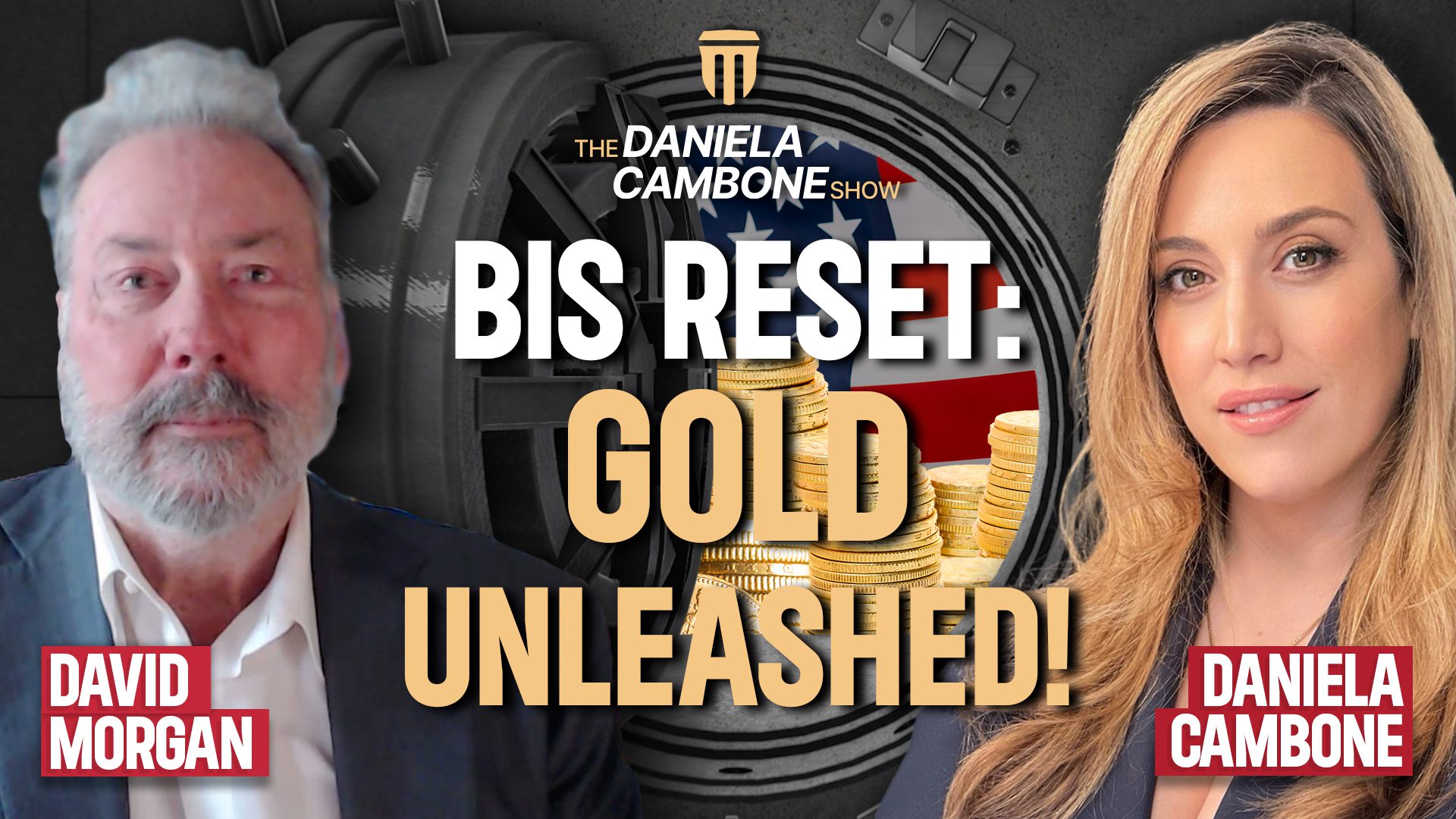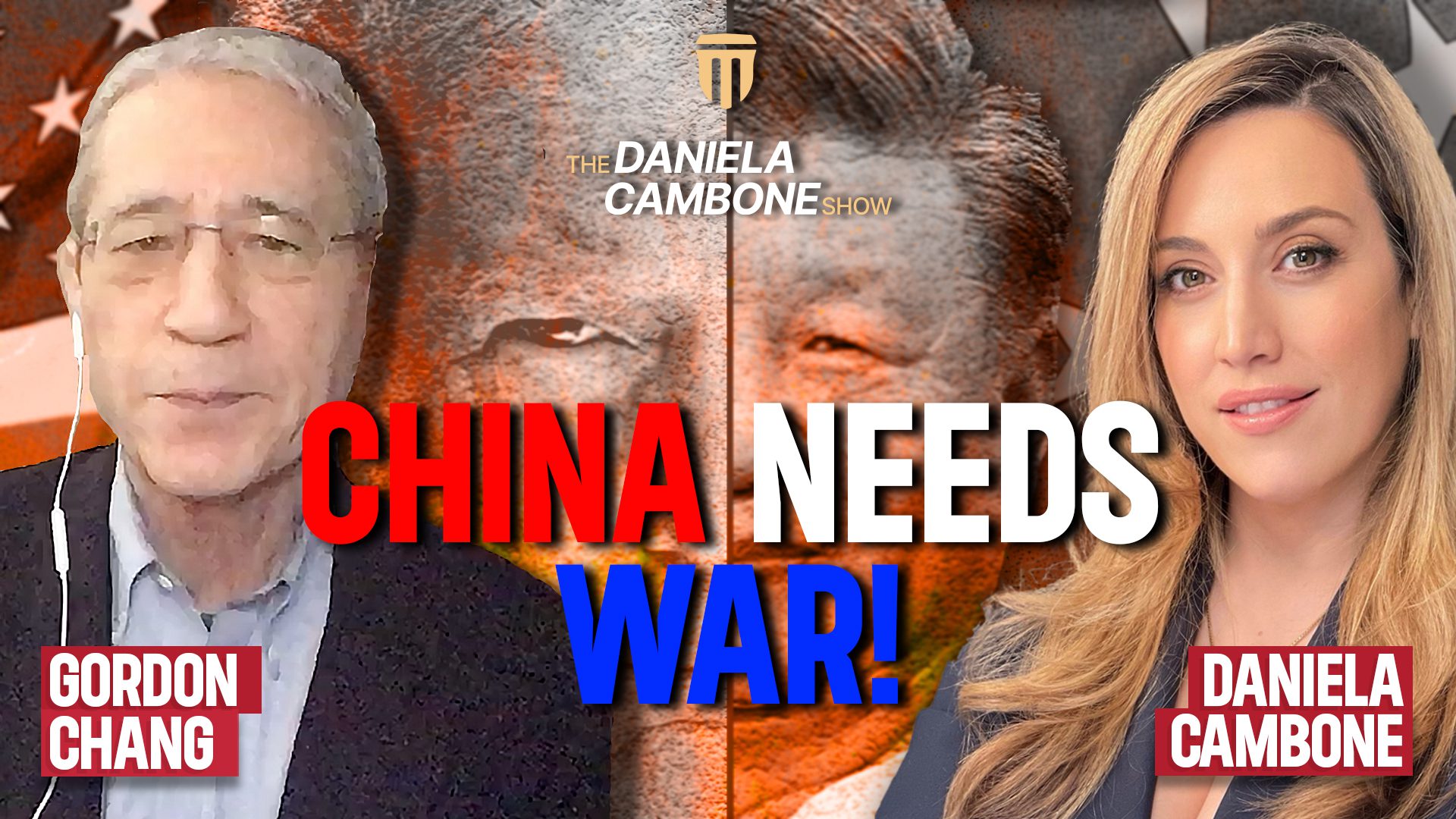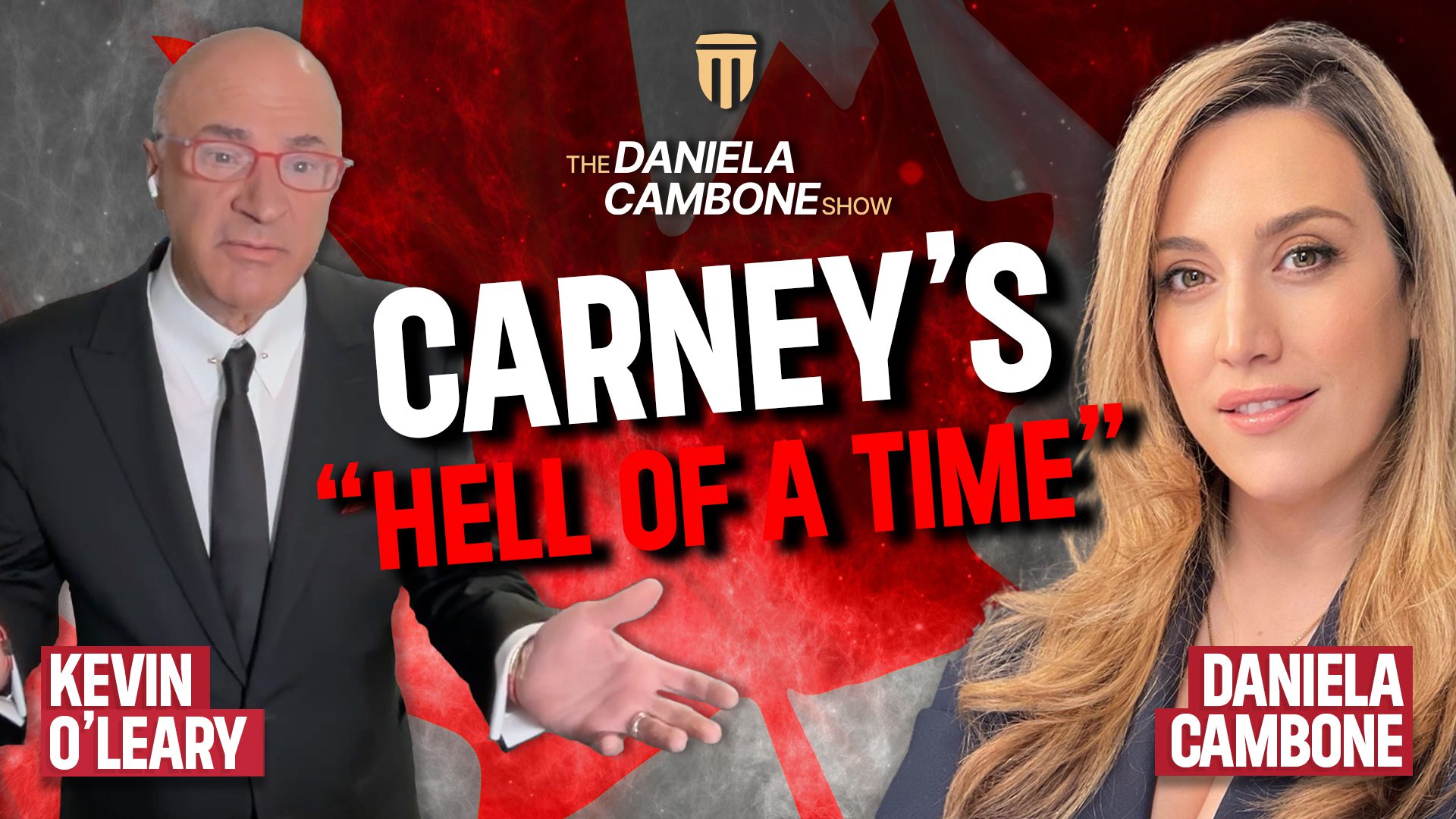The Great Gold Confiscation of 1933

The 1920’s were good for most Americans. The stock market was thriving and most citizens were employed and happy. The stock market ended in frenzy in 1929 on what is now Called Black Tuesday. All of the prosperity of the 1920’s was virtually erased and many Americans were left broke and unemployed. The Great Depression then ensued and eventually Americans looked to Washington for help.
Back then the United States was on a gold standard. What that meant was the U.S. could only print one dollar for every 1/20 of an ounce of gold it had in reserves. Therefore in order to inflate the economy, in other words “to bail it out,” the government needed to be able to print more money and flow it into the hands of the banks and consumers. Because the dollar was pegged to gold the only way this could be done was to increase its gold reserves. Thus the confiscation of all privately owned gold in the U.S. was cooked up under executive order 6102.
The executive order stated that all gold coin, gold bullion and gold certificates needed to be turned in to a Federal Reserve Bank or Branch. If this order was willfully violated, that person could suffer up to 10 years imprisonment or up to a $10,000 fine or both. The depository institution that received the gold was instructed to pay the value of the gold in the equivalent paper currency or coin.
After the government confiscated gold they could now print more dollars. The catch here was that they paid people in paper dollars then immediately devalued the U.S. dollar and increased the value of gold. So not only did citizens have to turn in their only true safe haven, but they also were given paper dollars in return that were then devalued.
Many experts today believe that the falling dollar will once again be pegged to gold and that privately owned gold will once again be confiscated. The only gold that was protected from confiscation was coins that were of numismatic value (coins having a recognized special value to collectors of rare or unusual coins). This emphasizes that all portfolios should contain some U.S. rare gold coins, as they were not confiscated in the past.














